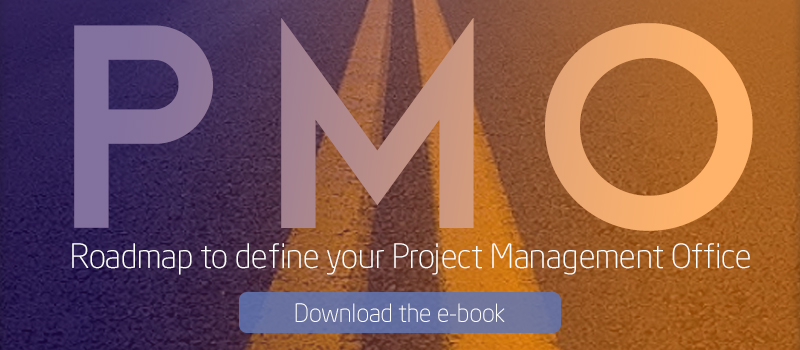 In this blog series we have already spoken about the different types of PMO following the classification of Casey and Peck in 2001, and the tracking function as a "weather station".
In this blog series we have already spoken about the different types of PMO following the classification of Casey and Peck in 2001, and the tracking function as a "weather station".
When the PMO acquires authority to establish action guidelines, its function can be compared with that of a control tower that establishes when a project can be placed on the runway, deploy the flight and know what the conditions will be of the environment and competition for airspace (ie equipment time and funding).
The control PMO, however, not only makes decisions to guide projects. If the “weather station” measures, the control tower defines procedures and standards. It then monitors its compliance and seeks improvements.
While it is always important to recognize the differences that each PMO must include to fit its parent organization, these are some of the typical functions of a control project management office:
1. Establishes standards for project management
Every project must meet standards that serve as a reference and which should be adjusted as much as possible from the initiation phase. It is recommended that the standards be flexible and allow a certain adaptation to the circumstances that may be present during the project. Standards can refer to different areas, such as:
-
Information and nomenclature. PMOs often provide report templates that allow the information to be treated in a homogeneous way, facilitating their comparison and analysis between projects. It is convenient to establish what types of reports are provided, the frequency with which they are issued and the structure they present.
-
Risks. What can be presented at what time, what is the probability that they will occur and what impact they may have on the project.
-
Configuration of the project or organization. This entails the establishment of responsibilities for each of the people involved in the project, so that important milestones and decisions are taken by the responsible parties in the shortest possible time and with all relevant information.
It is good practice for standards to strike a balance between structuring and facilitating work: they must be sufficiently elaborate to capture the complexity of the organization without falling into bureaucratic excesses. It is about making things simple, for everyone to be clear about what to do, how to do it, what their responsibilities are, and who to communicate their results, their doubts or the problems that may arise.
2. See how to meet the established standards
This consultation should have two approaches:
-
External focus. Document techniques for measuring risks, quantifying the progress of a project ... See similar cases in other companies and try to apply them to your specific situation.
-
Internal focus. Make sure that all team members and staff of your company understand and know how to implement the standards you have established. On the other hand, involve them in the detection of errors and in the suggestion of improvements. Everyone should feel part of the team in which they participate and collaborate in their success. A close view, from within, provided by the workers themselves, is an irreplaceable resource.
3. It promotes the compliance and the elevation of the standards
Organizations with a culture of advanced quality will find it easier to take this step. It is also important to consider incentives for those who strive to do their work to the best of their ability, for example, by including the adoption of standards in staff reviews.
4. Participates actively in the improvement of standards
In addition to rewarding those workers who suggest ideas that allow to improve the established standards, from the own direction of the project office it is necessary to work actively in its improvement. Accumulated management data is a great starting point for improvement. It will be important to consider what programs and areas of activity may suffer most from the adoption of change, to cushion the shock through raising awareness.
Process of implementing a control PMO
As with any other change management process that affects the entire organization, the beginning can be quite difficult.
However, there are some factors that help facilitate the process:
-
An extended recognition of the shortcomings for which it was decided to create the office
-
Leadership shared between senior management, middle managers and the management of the new PMO
-
The adoption of complete but simple software such as ITM Platform, which allows organizing projects in programs and analyzing complex information in a unified way.
If these conditions are not available, or if implementation difficulties are high, it may be advisable to start with a set of more basic functions, related to the centralization of information and the facilitation of decisions.
Being rigorous and exhaustive in the data collection allows you to gain the trust of the clients and the managers, who will later be more likely to adopt the changes proposed by the PMO, that could introduce new management systems for projects gradually.


